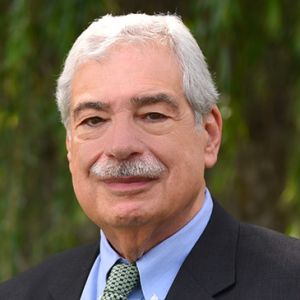SYRACUSE, N.Y. — The U.S. Transportation Security Administration (TSA) is using new technology for explosives-detection capabilities for screening carry-on items at Syracuse Hancock International Airport.
The five newly installed, advanced technology computed tomography (CT) scanners provide 3D imaging at the Syracuse airport’s TSA checkpoint.
“TSA remains committed to getting the best technology to enhance security and improve the screening experience. Our officers’ use of CT technology substantially improves our threat detection capability at the checkpoint,” Bart Johnson, TSA’s federal security director for upstate New York, said in a release. “Previously, our screening technology for carry-on bags used 2D images. The CT technology applies advanced algorithms for the detection of explosives, including liquid explosives and other threat items.”
(Sponsored)

Can a Generative AI Use Policy for the Workplace Help Protect Sensitive Data?
Artificial intelligence is a buzzword for many industries. It has good and bad effects on the future of creating content, finding information, and other uses. So, what does this mean

Written Contracts for Freelance Workers Now Required
Originally planned for May, the requirements of New York State’s Freelance Isn’t Free Act (“FIFA”) became effective August 28, 2024. The law has flown under the radar for many employers. The
The system applies sophisticated algorithms for the detection of explosives by creating a 3D image that a transportation security officer can view and rotate 360 degrees on three axes for “thorough visual image analysis,” TSA said.
This new technology creates such a clear image of a bag’s contents that the system can automatically detect explosives, including liquids. The scanners shoot hundreds of images with an X-ray camera spinning around the conveyor belt to provide TSA officers with the three-dimensional views of the contents of a carry-on bag.
The TSA says it takes a few extra seconds for the officer to view the image and rotate it to get a better understanding of its contents. In most instances, rotating the image allows the TSA officer to identify an item inside the bag and clear it without a need to open it for inspection.
Checkpoint CT technology should result in fewer bag checks, the TSA contends. However, if a bag requires further screening, an officer will inspect it to ensure that a threat item is not contained inside, it added.
The CT units have a slightly smaller entry tunnel and not all larger carry-on bags will fit into the units. TSA recommends that travelers check large carry-on items with the airline.
Passengers using these machines at the Syracuse airport will be permitted to leave their laptops and other electronic devices in their carry-on bags, TSA said.




